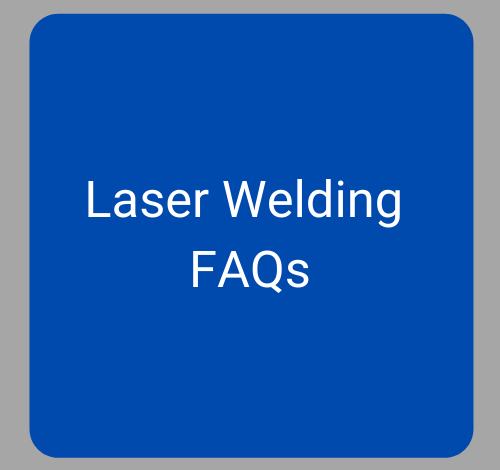Laser welding is a fusion welding process in which a focused beam of laser light is scanned or moved over the joint to be welded. Laser welding can be done autogenously or with the help of filler material depending on the process requirement.
- High flexibility and precision
- Laser welding integrated with automation (Robot/CNC) provides consistent and reproducible welds with high speed, flexibility and precision compared to conventional TIG and MIG welding process.
- Low distortion due to low heat input.
- High weld speeds of few metres per minute are typical in laser welding.
- Laser welding can be used for multiple joint configurations and complex geometries.
CW (Continuous Wave)
In (CW) Continuous Wave welding, the laser remains continuously on during the welding process ie. the beam is uninterrupted. It is suitable where the weld penetration requirements are high.
Pulsed Laser welding
Unlike CW, In pulsed Laser welding, laser beam is not continuously ON, but, a series of pulses are emitted by laser throughout the operation. Pulsed laser welding is mostly used in thin material and precision components welding.
Keyhole Welding
During welding with high power lasers the material is first melted and metal vapour is created along with it . As the laser beam moves across the material this vapour replaces some of the molten metal and creates a capillary which looks like a keyhole hence the name. This results in high depth to width ratio as well as increased processing speeds.
Heat conduction Welding
Heat conduction welding has high width to depth ratio, resulting in a shallower and calm melt pool. Typically larger laser spot size is used during the process there by reading the process . Conduction welding has very high quality surface finish when adequate shielding is provided.
During the welding process, the base metal is subjected to tremendous amounts of heat. There is a zone between the melted metal and unaffected base metal, which has not melted, but due to heat there is a change in properties and microstructure of this layer. This area is called Heat affected zone (HAZ). Laser welding gives one of the smallest HAZ of all welding techniques.
Laser welding is mostly suitable for metals. By setting suitable parameters such as power, speed, etc. dissimilar metals can also be welded.
Laser Welding is much quicker than conventional welding so, it increases the productivity considerably. It also has higher wall plug efficiency. That is why, it provides a greater cost advantage.

